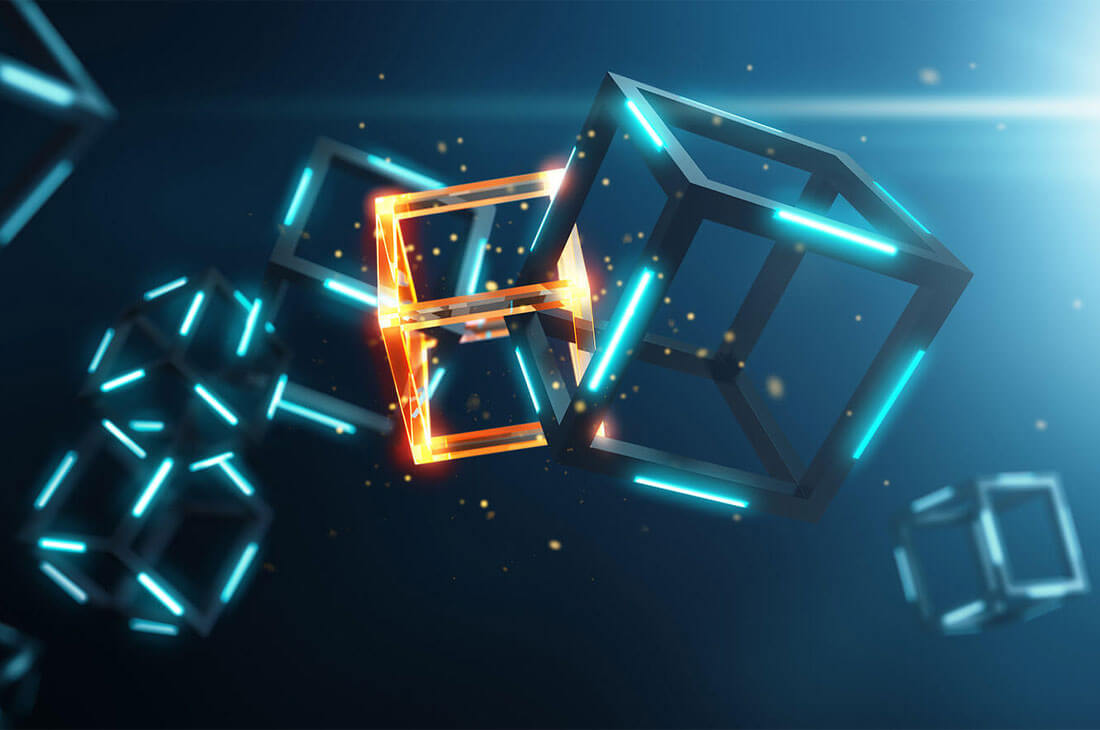Web 3.0 will be a multichain mosaic, and the leading DeFi projects will be those that build experiences combining as many blockchains as possible.
At present, your DeFi product requires multichain to be competitive. This is the complex (and fascinating) truth of 2021. Whether you’re creating a wallet, a lending service, or a DeFi game, your target audience understands more about the crypto space than Ethereum. And they assume you to provide the best of all worlds.
It appears there will always be a discussion regarding which blockchain makes for the best foundation for projects: improved security, low transaction charges, and impressive speed. There will always be a chain that allows more significant advantages. Speculators debate the next potential “Ethereum killer,” a new multichain reality, is building with a less stark competitive implication. Instead of a dog-eat-dog framework, the future of blockchain and DeFi will favor those products that coordinate into a unified multichain user solution and eventually neglect those that stay isolated.
This trend is fed, in part, by the Polkadot and Kusama ecosystem that was built with a multichain philosophy at its core. Parachains, compared to the relay chain, easily communicate, boosting the bar even higher for the entire space. With the second set of para chain slot auctions just around the corner, they set the standard for the multichain industry.
Projects that make it more comfortable for the average user to connect more systems. The Moonbeam protocol and the Phantom wallet are raising millions of dollars to explain this new multichain reality for users.
How do you operate this as a developer?
We can understand clearly that user demands to shape the market. Depending on their requirements, your users turn to blockchains that better serve them and the platforms that offer access to them. In conclusion, projects that support multiple chains gain more vast audiences and more liquidity. This suggests that, at a minimum, your DeFi product requires to support Ethereum and a “niche” blockchain. There are set leaders for trading, staking, nonfungible tokens (NFTs), and more. And the more chains with which you can communicate, the better.
When you’re a developer attempting these multichain goals, there are some barriers you might face.











